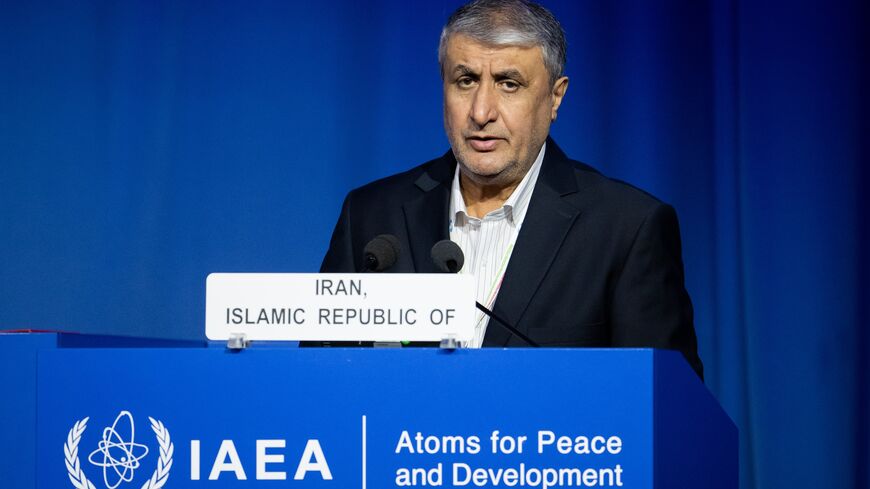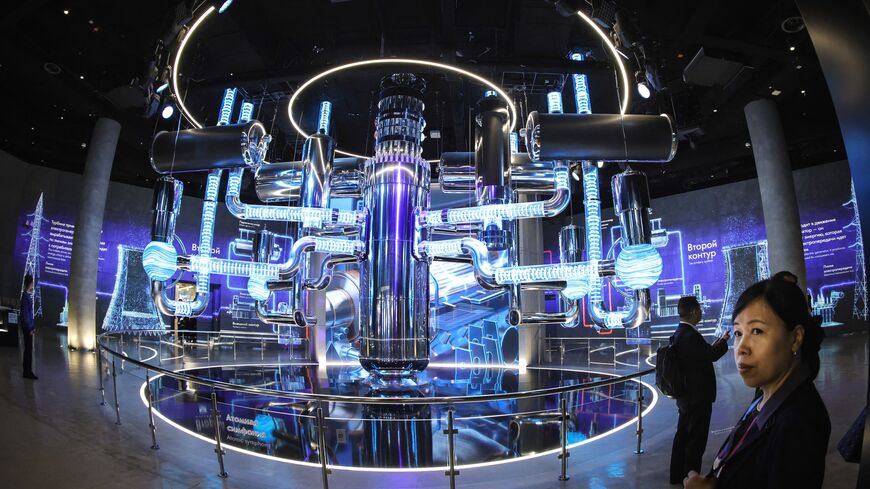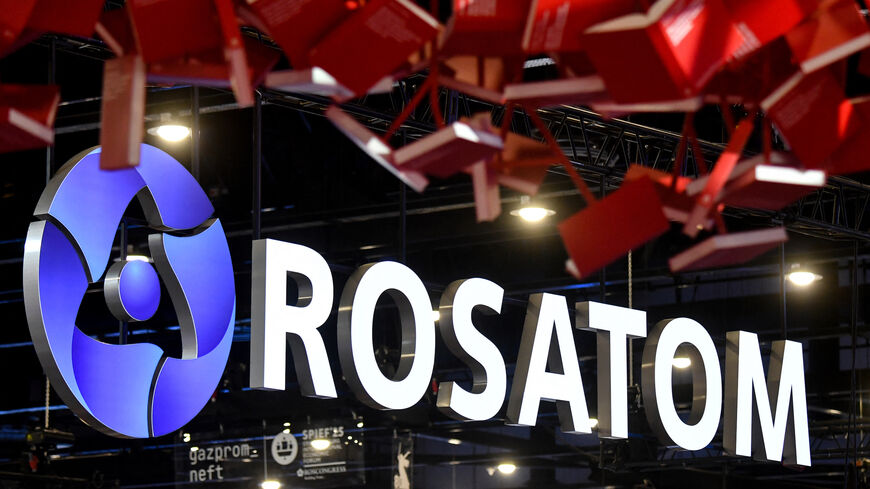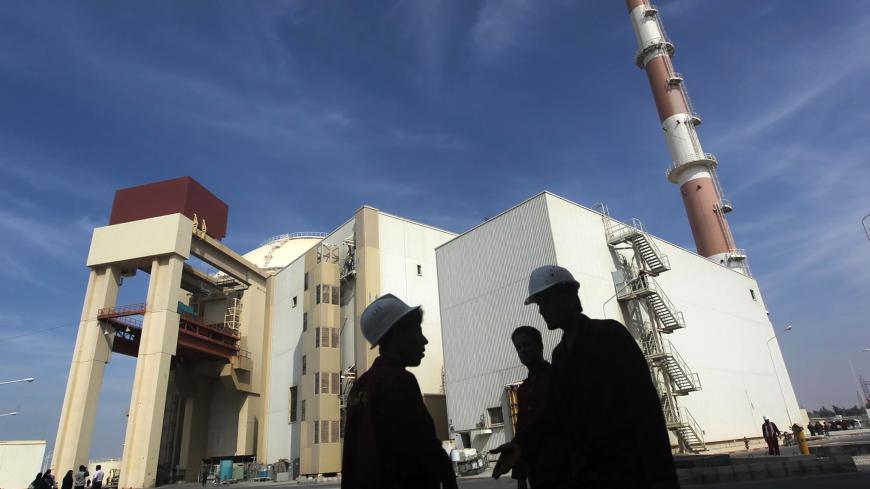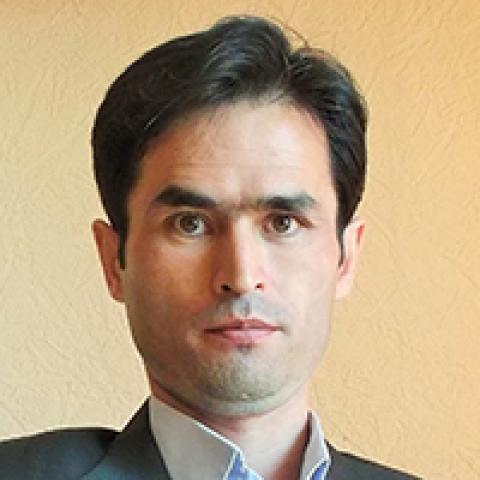Russia, Iran sign deal to build small nuclear power plants: What to know
As Iran grapples with energy shortages and renewed sanctions pressure, Tehran and Moscow signed a memorandum Wednesday to expand nuclear cooperation through the construction of small nuclear power plants.
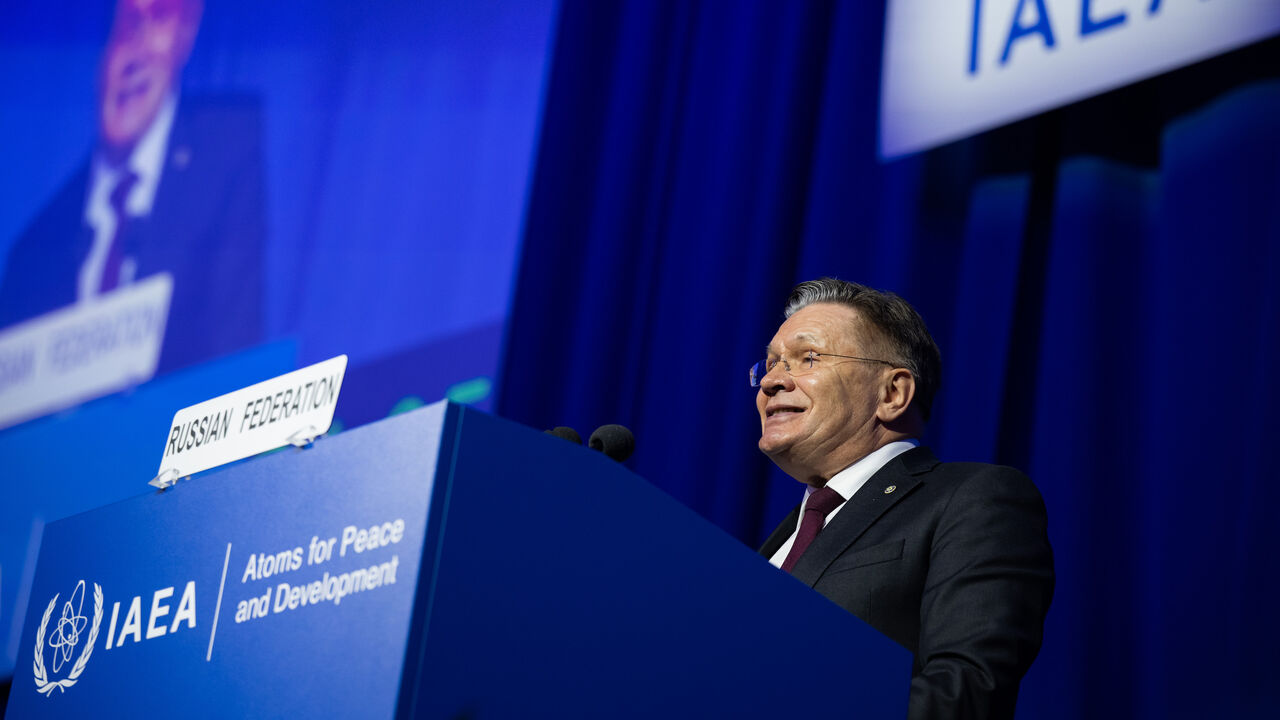
Iran’s nuclear chief and the CEO of Russia’s Rosatom signed an agreement on Wednesday to cooperate on the construction of nuclear power plants in Iran.
A statement released by Rosatom said that its CEO, Alexey Likhachev, met with the president of the Atomic Energy Organization of Iran, Mohammad Eslami, during Eslami’s trip to Moscow.
The memorandum of understanding outlines “cooperation in the construction of small nuclear power plants in the Islamic Republic of Iran" and "outlines specific steps aimed at implementing this strategic project in Iran,” according to Rosatom.
In their meeting, Likhachev and Eslami also “discussed the progress of current projects.”
Eslami, who arrived in Russia on Monday, is leading an Iranian delegation to World Atomic Week, a three-day nuclear conference in Moscow on Sept. 25-28.
The latest deal appears to be a culmination of ongoing negotiations between Rosatom and Iran. In mid-August, Likhachev confirmed that his company had been in talks with Iran to build small new nuclear power plants in Iran, expanding beyond large-scale projects like the Russian-built Bushehr nuclear power plant.
According to Iran’s semi-official Mehr news agency, Eslami told local Iranian news outlets earlier this week that the plan was to construct eight nuclear power plants for Tehran, part of a wider goal to reach 20 gigawatts of nuclear energy capacity by 2041.
Iran has only one operating nuclear power plant, in the southern city of Bushehr. It was built by Russia and has a capacity of almost 1 GW. Russia is currently building two additional reactors at Bushehr.
According to data from the Iranian government gathered by Iran Open Data, the Bushehr plant’s yearly capacity is 8.7 terawatt-hours, but its actual yearly production has averaged under 5.5 terawatt-hours, under 65% of its capacity.
Iran’s push to expand its nuclear power capacity comes amid a deepening energy crisis at home. The country faces recurring electricity shortages and rolling blackouts, with outdated power plants producing well below capacity. In 2023, peak electricity demand outstripped supply by 12 GW, according to US government data.
Nuclear energy currently makes up just 0.5% of Iran’s power generation, compared to over 70% from natural gas.
The deal also comes at a sensitive moment for Iran’s nuclear program internationally. Britain, France and Germany — also known as the E3, the European signatories of the 2015 nuclear deal — recently reactivated the snapback mechanism under the 2015 nuclear deal that will see the restoration of UN sanctions on Tehran in less than a month.
Tehran has long claimed its nuclear program is strictly for civilian purposes and argues that nuclear expansion is essential to reduce reliance on fossil fuels and modernize its power grid.
In an attempt to avoid snapback, Iran has held talks with the International Atomic Energy Agency and the E3. On Tuesday, Iranian Foreign Minister Abbas Araghchi met with his British, French and German counterparts alongside EU foreign policy chief Kaja Kallas. The meeting did not seem to yield major results.
Germany’s foreign office stated following the meeting, “The E3 and EU urged Iran to take practical steps within the next days if not hours to address longstanding concerns around its nuclear program.”
